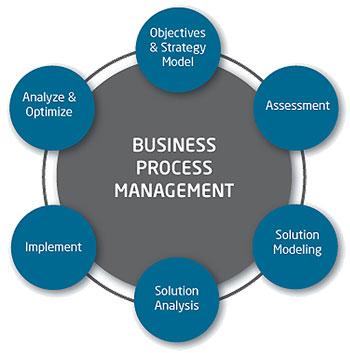The birth of ISO9001 can be traced back to the Ministry of Defence. They wanted to be assured about the quality of the products they were receiving from their suppliers, which in an area as important as national defence seems wholly reasonable. The Ministry of Defence checked the procedures used by suppliers for making the product and inspected the procedures in action. The supplier then had to prove on a regular basis that these steps were being followed. Only then could you supply to the Ministry of Defence and then the first instance of customers wanting to be satisfied and the idea of quality control was born.

This idea caught on and other companies in varying industries thought they too should have some guarantees about the quality of products they were receiving, with the electronics industry one of the most prominent.
The obvious flaw with this is that companies were coming up with their own ideas of what they thought quality was and how this should be checked. This meant that suppliers were having to meet procedures to supply to one company and then meet a different set to supply to another company, which is as ridiculous as it sounds. There was an element of standardisation as industries adopted their own industry-wide standards, but this was not enough.
Customers then decided that actually there was a bit of work involved here, and cost too in actively ensuring their suppliers were following the correct procedures. The onus was passed on to the supplier to get the procedures independently verified.
This lead to the development of thinking that all companies should be able to be assessed against a general set of principles, and meant if you had such accreditation everyone could understand what kind of procedures you would have to have in place.
In the late 1980s, ISO9000 was introduced as a way of standardising the process, and yet again the Ministry of Defence was at the forefront of what should be included. It was less of a quality management standard though and more a set of rigorous procedures and therefore did not reduce the bureaucracy that was first encountered pre-standard.
ISO9001 was then introduced at the turn of the millennium to get the original idea of process management back at the forefront, where the focus is on the systems themself and less on documentation of the systems. The quality standard was then complete; nearly 40 years after the Ministry of Defence first had the idea.
Article written by Mike Flynn who is an expert in ISO9001 from www.british-assessment.co.uk.

